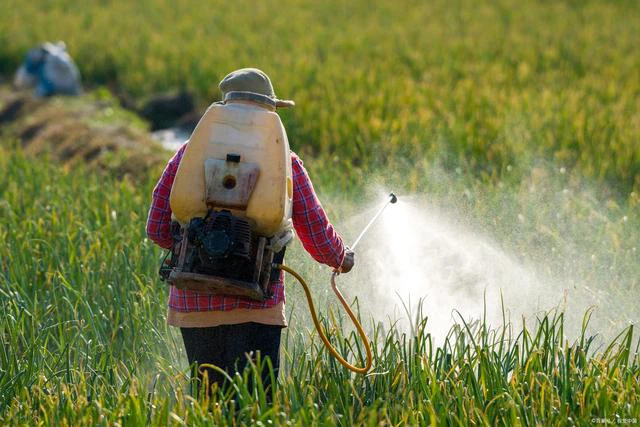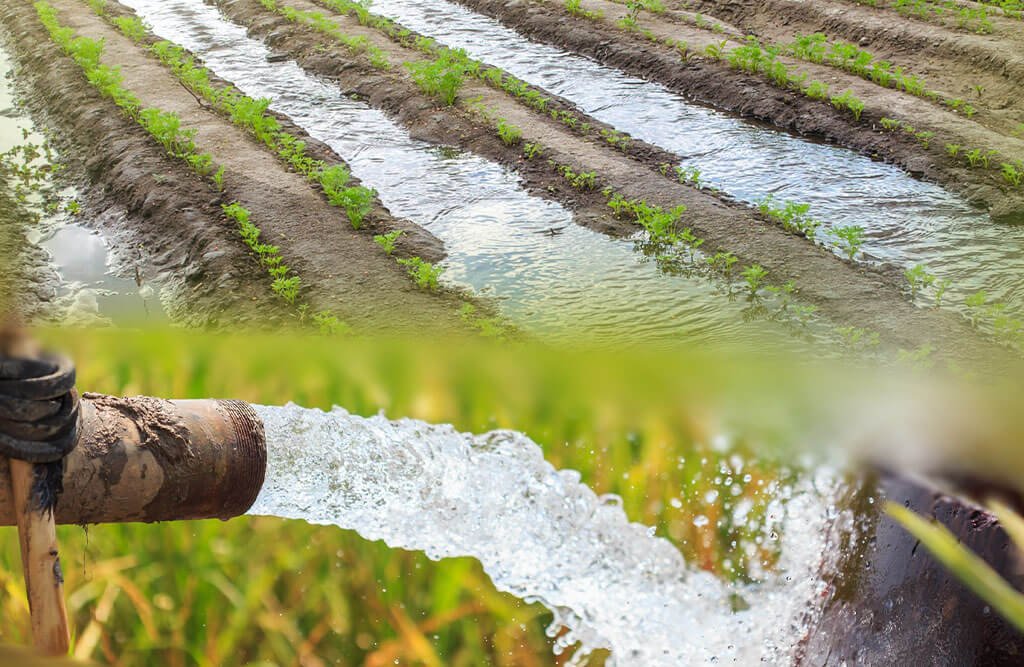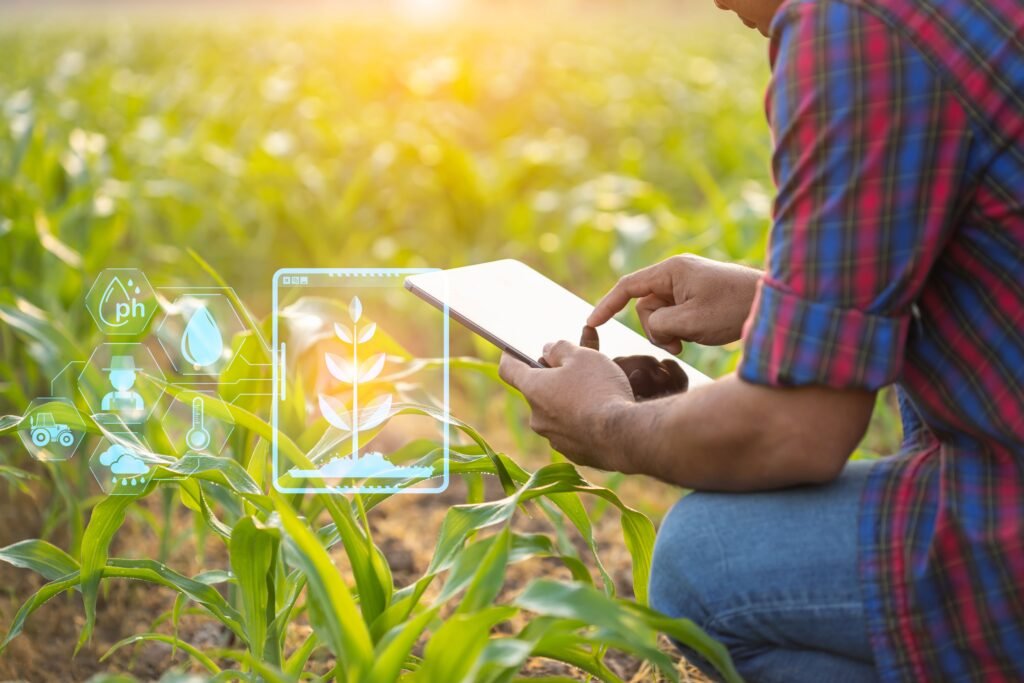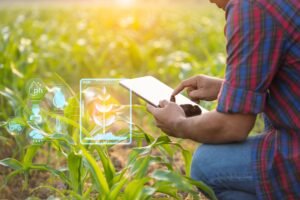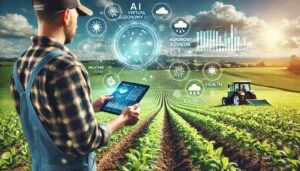Using Drones in Agriculture have emerged as a revolutionary technology in agriculture, offering farmers innovative tools to enhance crop management, monitor field conditions, and improve overall productivity. As the agricultural sector faces increasing challenges related to food security, climate change, and resource management, the adoption of drone technology is becoming increasingly essential. This article explores the various applications of drones in agriculture, their benefits, and how they are reshaping modern farming practices.
Key Applications of Drones in Agriculture

1. Precision Crop Monitoring
Drones equipped with advanced sensors and cameras provide farmers with real-time data on crop health and growth patterns.
- Multispectral Imaging: Using Drones in Agriculture can capture multispectral images that reveal variations in plant health, allowing for early detection of issues such as disease or nutrient deficiencies. This enables timely interventions that can save crops and increase yields.
- Soil Moisture Assessment: Drones can assess soil moisture levels across large areas, helping farmers optimize irrigation practices and conserve water resources.
According to a study published in “Agricultural Systems,” using drones for precision monitoring can increase crop yields by up to 15% due to improved management practices.
2. Efficient Field Mapping
Drones facilitate efficient field mapping and surveying, providing detailed insights into topographical variations and soil conditions.
- GPS-Enabled Mapping: Farmers can create precise field maps that highlight different zones of productivity within their fields. This information guides variable-rate applications of inputs such as fertilizers and pesticides, ensuring each part of the field receives the right amount.
- Time-Saving: Traditional field scouting methods can be labor-intensive; drones cover large areas quickly, providing accurate data in a fraction of the time.
3. Crop Spraying
Drones equipped with spraying systems are revolutionizing the application of pesticides, herbicides, and fertilizers.
- Precision Application: Using Drones in Agriculture – Drones can fly close to the ground and spray crops with great accuracy, ensuring even coverage while reducing waste and runoff. This method minimizes human exposure to potentially harmful chemicals.
- Access to Difficult Terrain: Drones can operate in hard-to-reach areas without disturbing crops or soil, making them ideal for challenging landscapes.
4. Livestock Monitoring
Beyond crop management, drones are also beneficial for livestock farming.
- Thermal Imaging: Drones in Agriculture – Drones equipped with thermal cameras can monitor large herds, track animal movements, and detect signs of illness or distress.
- Efficient Grazing Management: By monitoring pasture conditions from above, farmers can optimize grazing patterns and ensure the health and well-being of their livestock.
5. Data-Driven Decision Making
The data collected by drones is invaluable for farmers looking to make informed decisions about their operations.
- Predictive Analytics: Advanced analytics can turn drone data into actionable insights, allowing farmers to predict yields, optimize planting schedules, and plan for future crop rotations.
- Integration with Other Technologies: By combining drone data with satellite imagery, weather forecasts, and IoT sensors, farmers can create comprehensive farm management systems that enable more precise farming practices.
Environmental Monitoring and Conservation

Drones in Agriculture also play a critical role in environmental monitoring within agriculture.
- Habitat Assessment: Drones can be used to monitor natural habitats and assess the impact of farming practices on local ecosystems.
- Sustainable Practices: By tracking soil erosion or monitoring the effects of crop rotation on soil health, drones help farmers implement sustainable practices that protect natural resources.
Challenges in Adopting Drone Technology

While the benefits of using drones in agriculture are substantial, there are challenges that farmers may face when adopting this technology:
- Regulatory Hurdles: Navigating regulations regarding drone use in agriculture can be complex. Farmers must comply with local laws regarding airspace and safety.
- Initial Costs: The upfront investment for drone technology may be significant for some farmers. However, many find that the long-term benefits outweigh these initial costs.
- Technical Knowledge: Farmers may require training to effectively operate drones and analyze the collected data.
Conclusion
The integration of Drones in Agriculture technology into agriculture is transforming how farmers manage their crops and livestock. By providing real-time data on crop health, facilitating efficient field mapping, enabling precise spraying applications, and supporting livestock monitoring, drones enhance productivity while promoting sustainable practices. As we face increasing challenges related to food security and environmental sustainability, embracing innovative technologies like drones will be essential for building resilient agricultural systems. Call to Action: Explore the potential of drone technology in your farming operations—consider investing in this transformative tool to enhance productivity and sustainability!
Q&A Section
Q: How do drones improve crop monitoring?
A: Drones provide real-time data through advanced imaging technologies that allow farmers to assess crop health quickly and accurately.
Q: What are the benefits of using drones for spraying?
A: Drones offer precision application capabilities that reduce chemical waste while ensuring even coverage over crops.
Q: Can drones be used for livestock management?
A: Yes! Drones equipped with thermal cameras can monitor livestock health and movements efficiently across large pastures.
Resources
- Food and Agriculture Organization (FAO)
- International Society of Precision Agriculture
- American Society of Agronomy
- Sustainable Agriculture Research & Education (SARE)
- DroneDeploy – Agriculture


